How to Choose the Best Cover for your RV: Travel Trailer, Motorhome, Fifth Wheel, or Camper
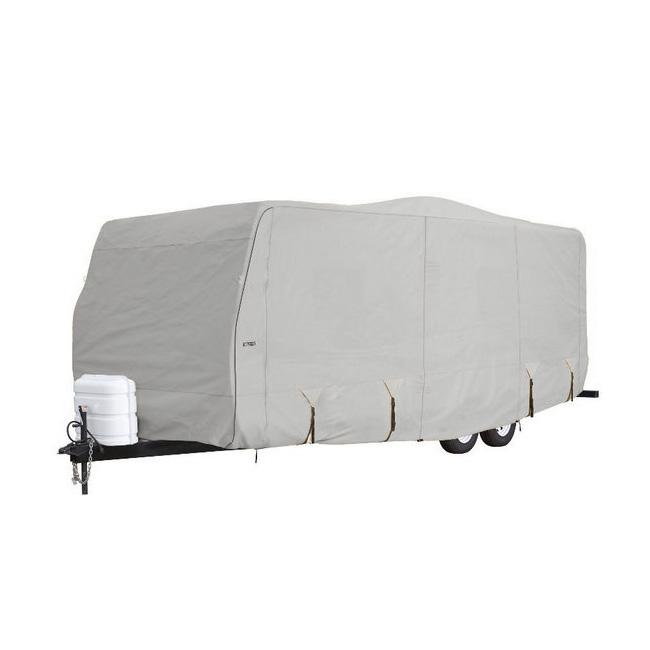
For many of us, there is a time when we are out using our recreational vehicles and there is a time when we need to put our RVs away for storage. Of course we take care of our RV or camper when we are using it - it's at the top of our minds - but what about when we're not? The way we treat our RVs when we're not using them is just as important as when we are in order to protect and get the most out of our investments.
Part of good RV husbandry during the off season is covering our campers properly. In this article we'll go over a number of topics to ensure you choose the best RV cover for your favorite home-away-from-home: types of covers, sizing covers, cover materials, and cover features.
Types of Covers
Format
 RV covers can be categorized in a couple of different ways. You need to think about the type of RV you are covering and the different approaches to doing so.
RV covers can be categorized in a couple of different ways. You need to think about the type of RV you are covering and the different approaches to doing so.
First, and probably most obviously, you need to select the correct cover for the format of trailer or RV you're covering. If you've got a Fifth Wheel Trailer, it doesn't make sense to get a Motorhome RV cover; be sure to get a cover that corresponds to your RV configuration.
Type
There are a few different options when it comes to cover type. The simplest is the ol' plastic tarp. While this option may be the cheapest, it's also by far the worst. Plastic tarps break down quickly in the sun, easily tear or the grommets rust out, don't fit well, don't breath, and frankly look terrible. They will do in a pinch, but you're much better off with shrink wrap. However, shrink wrap has its own disadvantages: it is difficult or impossible to get into your trailer, it doesn't breath well, and it's wasteful.
 The best choice for an RV cover is either a semi-custom or custom RV cover. If you have the budget, you can't go wrong with a RV cover custom designed and fit to your RV. For most of us however, we can get an excellent fit and quality from a reasonably priced semi-custom cover.
The best choice for an RV cover is either a semi-custom or custom RV cover. If you have the budget, you can't go wrong with a RV cover custom designed and fit to your RV. For most of us however, we can get an excellent fit and quality from a reasonably priced semi-custom cover.
Sizing
Here's the most important thing to remember when choosing the right size of RV cover for your trailer or camper: measure it yourself! Don't rely on model numbers or manufacturer's specs. The actual measurement may differ from the spec. Measure bumper to bumper with your own tape.
The other thing to remember when sizing is that semi-custom covers come in size ranges, such as 30-33'. If you are at the maximum size recommended, it's often best to go a size up. You can cinch up extra room with straps but can't do anything about a cover that's too small.
Material
RV storage covers can be constructed of several different materials and treated with a wide range of different products to make them stronger and more weather resistant. You'll see polypropylene, polyester, woven, unwoven, 300D, 600 denier, single-layer, multi-layer, UV treated, anti-tear treated, water resistant, waterproof, etc. Additionally, manufacturers often have their own lingo for the various technologies they use to arrive at their final composites, and this can often confuse matters.
The guideline here is to get the right material properties in the right place, in a cover that's tough enough for the weather but light enough to handle. To achieve this, look for a lighter-weight and breathable fabrics on the sides of the cover and a heavier-weight waterproof fabric on the top. This provides the best balance of weather-proofing, ventilation, and material weight to keep your RV as dry and protected as possible.
Features
As mentioned regarding materials, marketers often come up with the names for RV cover features. You can disregard these. Focus on the features that matter (i.e. not things like "shape-retention"), and make sure the basics are covered. Below is a guideline to standard desirable features you'll want in a RV or trailer cover.

Conclusion
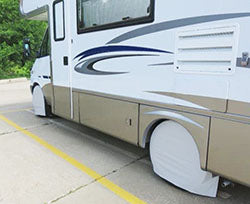
Don't forget those wheels! The sun wreaks havoc on exposed tires - cover 'em up!
If you've spoken with others who have experiences with RV covers, you may have heard some stories that put you off. There are some shoddy covers out there, or sometimes people try to put the cover on themselves and damage it or the RV (it's a two person job: bring a friend; it's more fun that way anyway), or sometimes a windstorm or a sharp edge shreds it. RV storage covers can give you some headaches; it's true. However, the benefits outweigh the costs: RV covers protect your trailer or motorhome from VERY costly water damage; they also protect it from UV rays, as the sun can at best cause color fading and at worst cause complete material breakdown, especially with plastics; finally, they also keep your RV clean - the amount of cleanup time and effort they save should not be underestimated.
Save yourself time and money while protecting your investment over the off-season: do a little research and get the right RV storage cover for your motorhome, trailer or camper. You'll be better off in the long run.
Published
Recent Posts
Windlass Problems? Common Issues and How to Fix Them
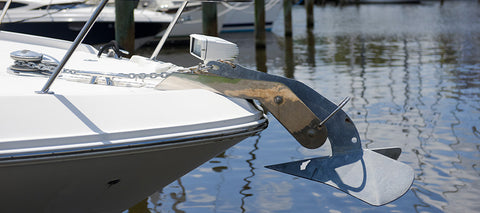
Let's look at common issues with windlasses and how to address them:
1) Windlass Won’t Run in Either Direction
2) Solenoid Clicks, but Windlass Won’t Move
3) Windlass Lacks Power to Haul the Anchor
4) Rode Gets Jammed or Doesn’t Come In
Our history: a 20 year journey

Boat Cleaning Tips for Anglers: Keeping Your Vessel Spotless and Pristine

Avast, Ye Mariners! Master the Art of Docking: A Swashbuckling Guide for Boaters
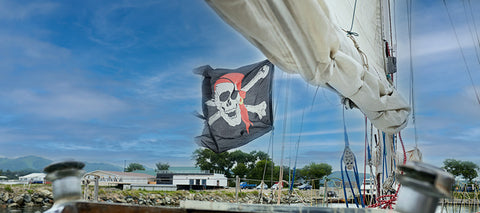
Top Reasons to Keep a Boating Maintenance Log
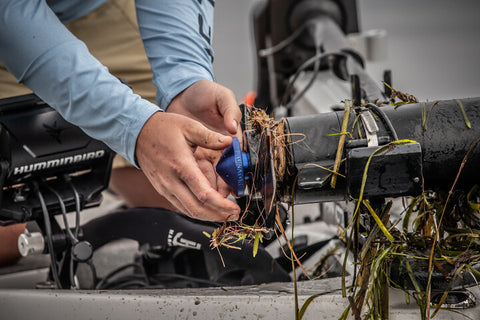
4 Top Tips for Buying a New-to-you Used Boat
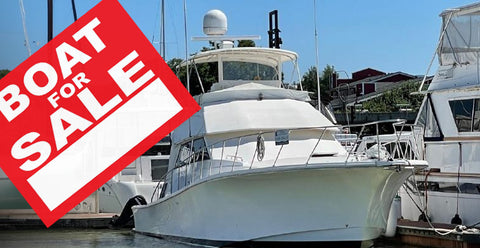
Bent Boat Anchor Shank: Common Causes and Prevention Tips
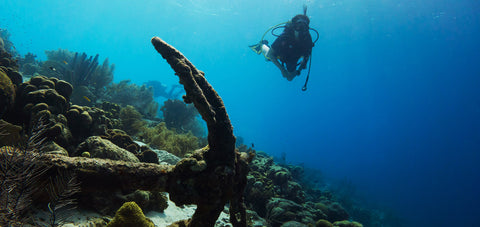
Prepare Your Boat For An Above Average Hurricane Season
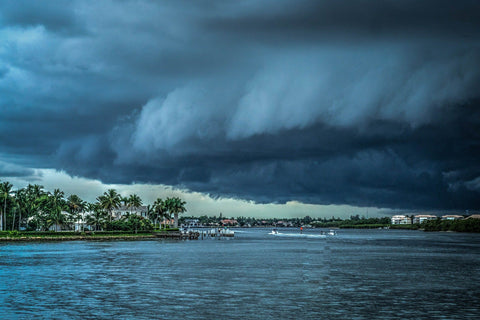
Best Methods For Anchoring Your Jet Ski in Deep or Shallow Water
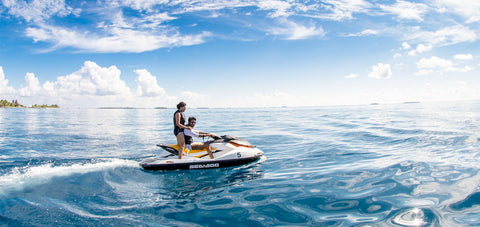
Best Options For Connecting Your Boat To WiFi Internet
